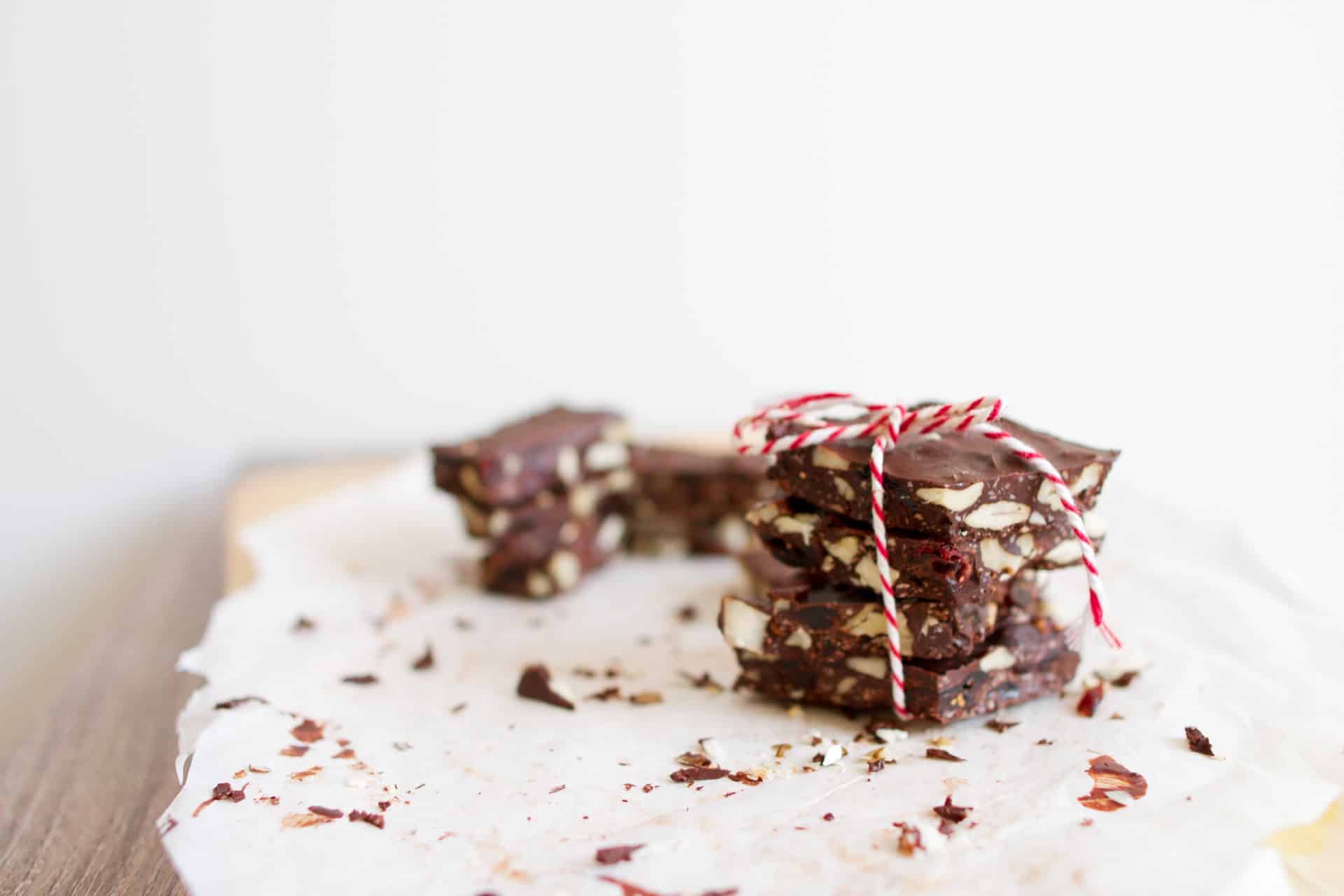Our foods today are often filled with preservatives, and it’s a good idea to avoid them where possible. But, if you’re going to avoid them, you need to know how to identify them. Food manufacturers add a variety of preservatives to foods for a multitude of reasons – commonly to prevent the food from spoiling, discoloration, bacterial growth, flavor loss, mold, or microbial growth.
Many preservatives have developed some negative associations. But they do help prevent harmful bacteria like botulism from invading stored foods. Read your labels carefully and become a more informed consumer to avoid the foods with preservatives you want to avoid.
Learn to Pinpoint Preservatives
Review Packaging Labels
When you examine a product, look at the front labeling on the package. When you’re looking for preservatives, there are several places to search.
One hundred percent organic foods aren’t always free of preservatives. Only 95% of the items in organic-labeled food need to be organic to obtain the label.
Some phrases such as “all natural” or “natural” don’t have a definition with the FDA. Several food companies use these phrases for advertising and marketing uses. Therefore, it is unrelated to the actual ingredients in the food.
Many “all natural” foods also contain many natural flavors, artificial sweeteners, and preservatives.
Examine the Ingredient List
The ingredient list on a package is mandatory, and all food manufacturers must include it on their products. If your food has any preservatives in it, this is where they will be listed.
The FDA requires companies to include all ingredients in the food on the ingredient list. When you review the list, acknowledge that the ingredients list from highest to lowest quantity.
Preservatives have their intended purpose printed on the label. Some purposes include color retention and “to prevent rotting.” These labels will tell you what the additive’s purpose is.
Decide What You’re Avoiding
You should decide if you’re trying to eliminate all additives or simply preservatives. Food companies may include a variety of items to different foods for different reasons. Preservatives are only one type of additive.
Other additives may include vitamins, colorings, and minerals, artificial sweeteners, added fiber, and additives to enhance flavor, such as when sugar or fat gets removed from the product and replaced with chemicals like saccharin or aspartame.
Decide what you want to avoid when it comes to the additives food manufacturers use. You might consider some additives beneficial, such as added fiber to your cereal. But, some things, like added sweeteners to sugar-free products, you may want to avoid.
The FDA approves all additives in use, so they are considered safe to eat.
Once you’ve noted all of the additives in your foods, you can decide which ones you want to avoid. Make a list to keep track. Some of the ones you may want to avoid include:
- Glycerine – a humectant which retains moisture and keeps foods from drying out.
- Modified corn or food starch – aids in increasing the amount of food without changing its taste.
- Ascorbic acid, Propionates, and nitrates – used to keep foods fresh.
- Xanthan gum – a common thickener in foods.
- Pectin and agar – used to thicken and stabilize many foods.
Shopping
Shop the Grocery Stores’ Perimeters
It’s a common notion that shopping only along the walls of the grocery store is your best option for healthy eating. You’ll often find your produce, fresh pressed juice, organic kombucha, and meats from the butcher there. This fact may help you avoid some preservatives.
Shopping at the stores’ perimeters is often recommended by health professionals because they tend to be considered whole foods and have fewer preservatives.
The perimeter general includes the produce section, meat/deli, seafood, dairy, eggs, and the frozen area. Foods in the aisles tend to be high in additives you want to avoid.
Choose Whole, Unprocessed Foods
The produce section has the most whole, minimally processed foods. Typically fresh fruits and vegetables don’t contain additives.
Not every produce item is preservative-free. Some may have additives to preserve color or freshness..
Other tips
- Purchase minimally processed seafood. Stick with meats that are in their more natural state as they are typically less processed and have less added to them. Avoid pre-seasoned meats if possible, as these may contain preservatives and higher sodium levels
- Be careful with the dairy section. Eggs will typically be additive-free, but many dairy products will have added sweeteners you may want to avoid.
- Watch your processed foods in the freezer aisles. Check your labels.
- Watch your labels when shopping in the aisles. Check your labels to avoid additives as much as possible.
Visit Our Store
The benefit of reducing preservative intake is a simple but powerful one that reflects many people’s desire to live and eat naturally. And Outrageous Baking is here to support your your journey toward that goal with moist and incredibly delicious gluten-free and vegan sweet breads.
We specialize in gluten-free, preservative free, dairy-free, and GMO-free recipes that compromise nothing on taste and texture. Our desserts can be enjoyed by those with food allergies and dietary restrictions as well as anyone looking to make a cleaner lifestyle change.
Visit us today to find out how you can get our baked goodness delivered to your doorstep!


